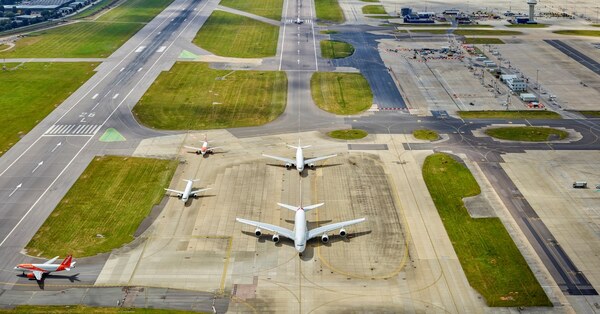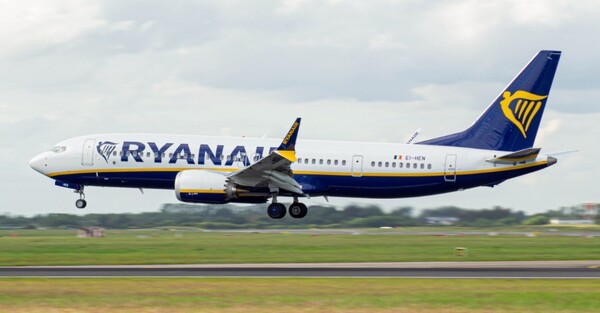You are viewing 1 of your 2 free articles
Heathrow resilience concerns were raised before shutdown, parliament hears
The chief executive of the Heathrow Airline Operators’ Committee has revealed he voiced concerns about the airport’s resilience in the lead-up to its day-long closure last month.
About 1,300 flights were cancelled and up to 300,000 affected when the airport shut down on Friday, March 21, following a fire at a nearby electricity substation serving the airport.
Nigel Wicking (pictured) told the House of Commons’ transport committee that he contacted representatives at Heathrow in the days leading up to the closure to express concerns about its power supply.
“I had actually warned Heathrow about concerns we had with regard to the substations and my concerns were resilience,” he said, adding that the first contact was made on March 15.
“It was following a couple of incidents of theft of wire and cable around some of the power supply that on one of the occasions took out the lights on the runway for a period of time.
“That obviously made me concerned and I raised the point that I wanted to understand better the overall resilience of the airport.
“Clearly Heathrow is a very significant hub operation – it has over 80 airlines operating through the airport, it is the hub for the UK and it’s the major hub for Europe, we contest – and as such we need to make sure it is resilient.
“It is the most expensive airport in the world with regard to passenger charges, so from our perspective it means we should have the best service and the best infrastructure.”
He also argued that British Airways was ready and willing to handle repatriation flights via Terminal 5 earlier than was arranged.
He said: “British Airways had let me know that T5 was operating for them in the morning and they had checked in with National Air Traffic Services [NATS] that the runway was OK and the runway was operating.
“They wanted to be able to receive repatriation flights, some of those flights that were stuck in Europe.
“Some of those did come back in late in the day, but T5 could have been ready to receive those late morning – that’s our conjecture.
“In addition to that, there was also the opportunity to get flights out of T5 and we could have made further arrangements in terms of moving passengers.”


















